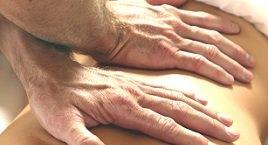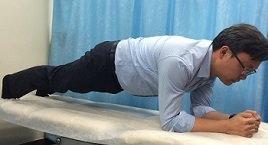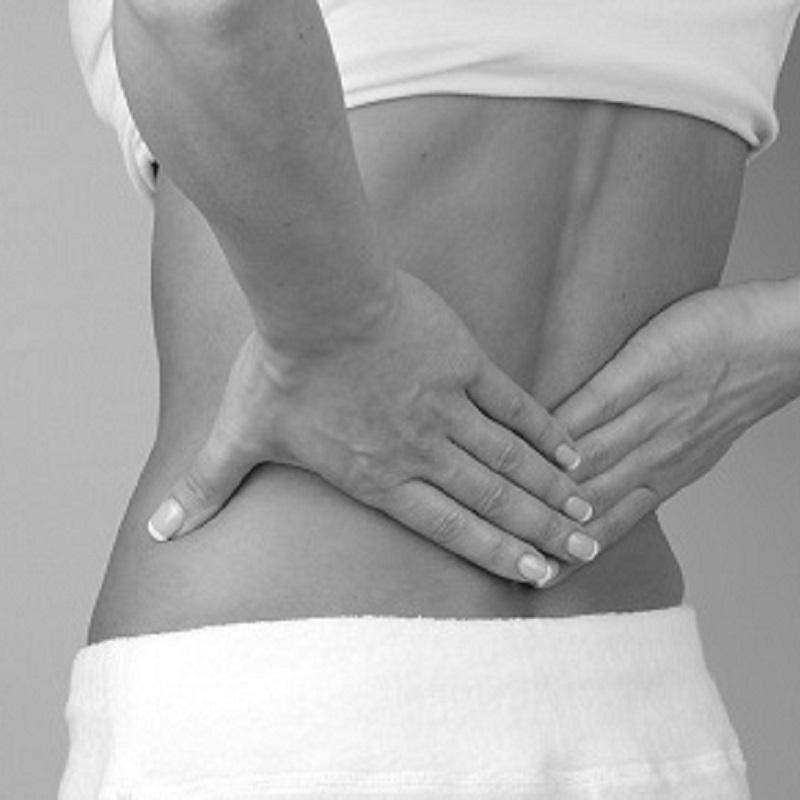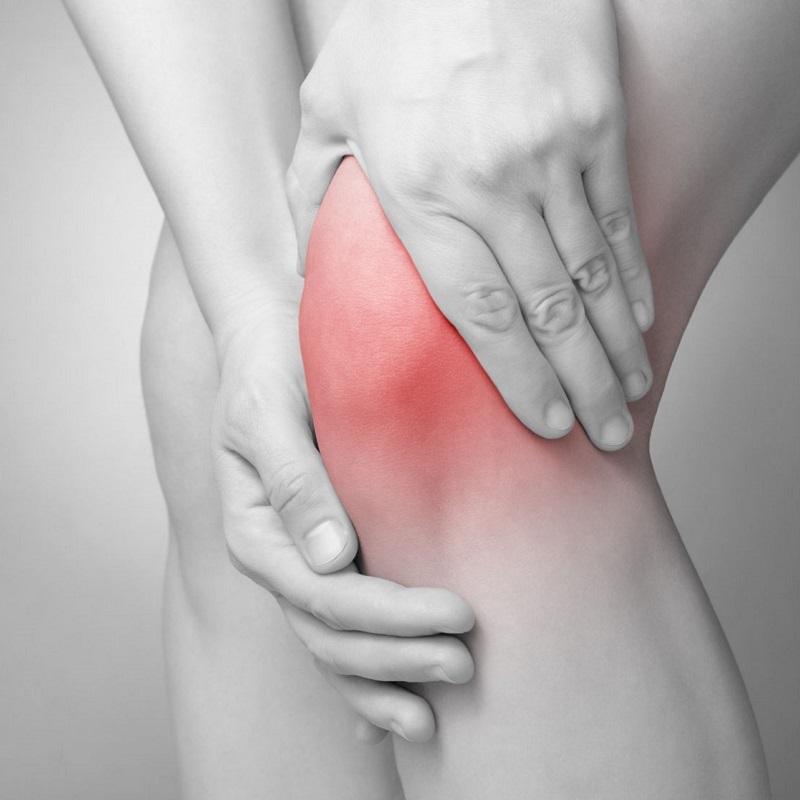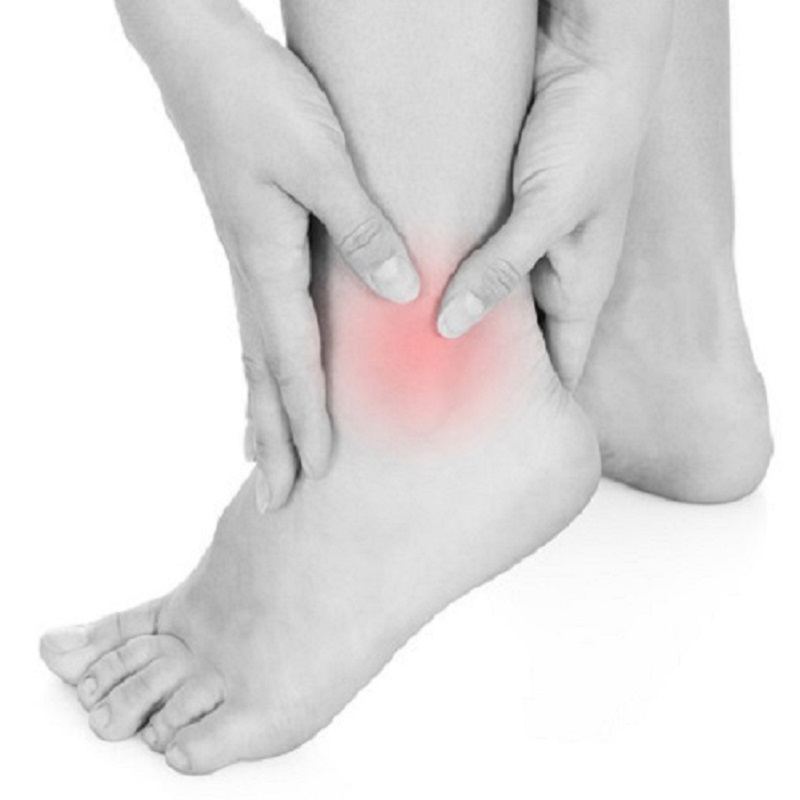Neck covers the area between skull and upper back, its' symtoms involve pain, neural signs and muscle weaknesses.

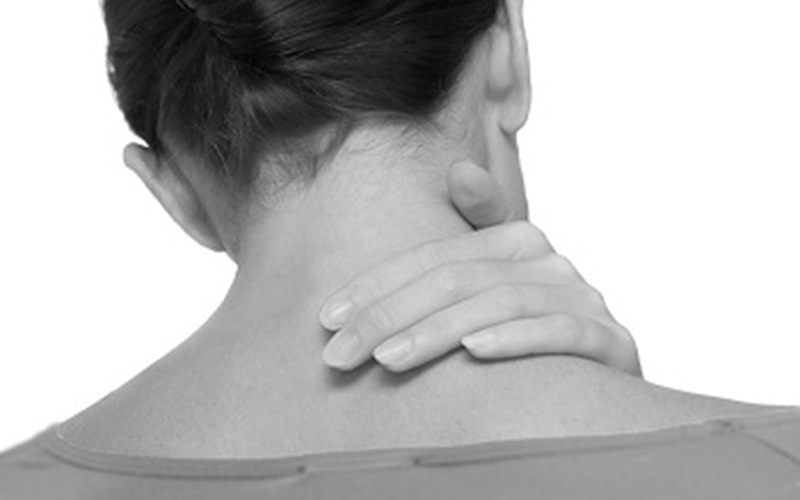
Common causes:
- Sustained positions: cause muscle fatigues and therefore results in leaning forward head posture, or developing in chronic neck muscle tightness or tension imbalance.
- Repetitive actions: certain types of sport or jobs need repetitive movement of neck to same directions, resulting in neck muscles or tendons tightness and painful conditions.
- Habits: Putting bag on one side of shoulder, over emphasis of training on dominant hand.
- Inactivity: Core muscles might become weak and unable to support shoulder and neck.
Treatment and Prevention:
Self-care:
- Ice or hot pack: Initial 1 -2 days applying ice pack for 15 mins in every 4 hours, change to hot pack 2 days afterward
- Gentle stretching and mobilizing exercises: gently move neck and shoulder within the range causing symptoms.
- Posture: keep up-right posture with neck always trying stuck-in.
- Supportive pillow: appropriate height and enough support pillow helps keeping neutral position of neck during sleep.
- Self Massage: Gentle massage over lower neck and shoulder blade area, helps releasing muscle tightness.
How the usual neck symptoms look like?
- Neck stiffness and limited range of motions
- Head tilting and find difficulty keeping an upright posture of neck
- Neck and shoulder blade persistent soreness
- Arm pins and needles or numbness
- Unable to use hands or to maintain lifting up arms
When to seek medical helps?
- Constant neck tightness, not release with resting
- Persistent Arm soreness and weaknesses
- Dizziness and visual problems
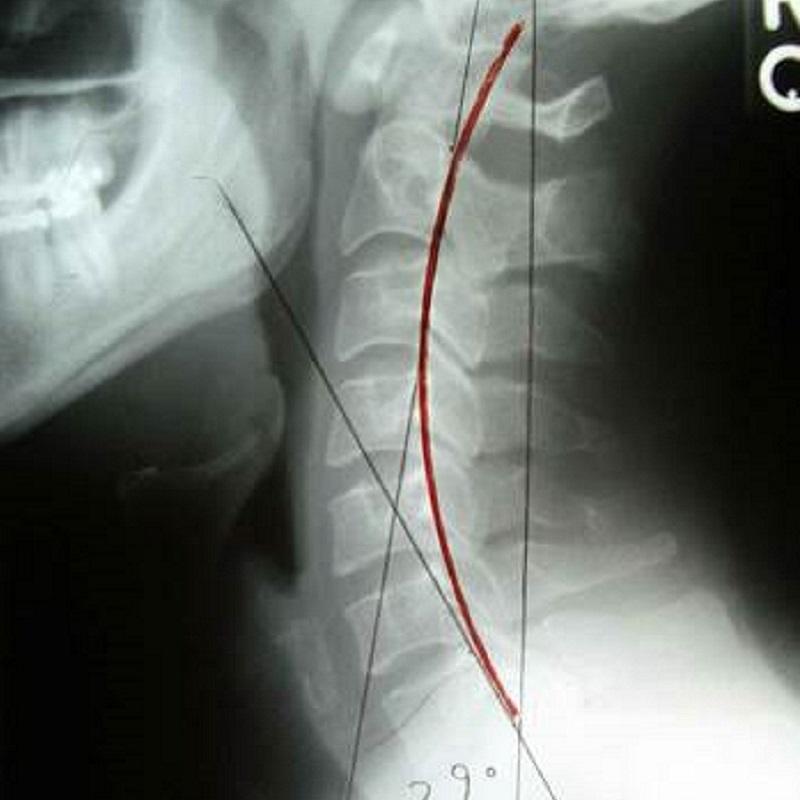
Basic anatomy explained:
The neck is a collection of structures that connect the head to the torso. It is a complex region composed of many bones, muscles, nerves, blood vessels, lymphatics, and other connective tissues. The cervical spine is the bony part of the neck, and its primary function is to support the skull while allowing for movement. It is the most flexible part of the spine, enabling a wide range of motion to help us scan our surroundings. Most sensory inputs come from the head, making proper neck movement vital for survival.
Additionally, the neck serves as a pathway for communication between the brain and the rest of the body. Motor and sensory information, as well as nutrients, travel through the neck to connect the head and body.
Neck is formed by seven cervical vertebrae, it supports the skull which is approximately about 6-8% of total body weight. Neck is strong but it is also flexible enough for allowing a wide range of motion. The joints in the neck allow six degrees of motions, namely, bending forward, extending backward, bending sideways and turning. Unique and functional sharps of each neck bone allowing fulfilment of different directions of movement. For instance, the first neck bone Atlas looks like a ring sitting on a protrusion sharp structure of the second cervical bone, allowing a wild angle of turning range of motion in the neck area. While the remaining lower neck bones allow mainly side bending motions.
Muscles also play a vital role in neck motion mechanics. Big muscles help to move our neck within the physiological range of motions. As our neck is so flexible, it would also cause problems of poor stability if it lost the small muscles to keep holding bones together. Muscles in the neck help us to keep a good balance between stability and mobility.
Nervous systems in the neck are so vulnerable and therefore minor pressure entrapping of nerves could result in arm pins and needles and muscle weaknesses. Nerves in the neck travel through nearby muscles in neck and shoulder, and innervate different muscles in shoulder, elbow, forearm and hands. Differential diagnosis, like skin pin and prick, hot and cold test, help us to make physical diagnoses and formulate corresponding releasing treatment for the patient.
Neck provides a flexible and stable fixation. Nerves originate from the skull and brain can collect sensation from the surrounding environment, like vision, smell, noise, etc. Without equal and balanced support , head tilting might result and cause imbalance nerve signals to our brain. For example, imbalance tightness in the upper neck causes unequal signals of head position to our brain. If the position information is contradicted by visual signals, people will easily suffer from dizziness.
Neck pain conditions generally can be categorized into acute and chronic conditions. Acute neck pain is defined as the condition lasting within 3 to 6 months, and the painful area is usually confined to the affected soft tissue. Chronic neck pain has the wide spreading characteristic and can affect more than one soft tissue simultaneously. Scientists proposed that injuries could lower the sensivity of our bodies, leading to the normal stimulation can now be regarded as painful sensation.
Common acute neck pain illnesses include Muscle Strain, Sport Injuries, Acute Torticollis and Whiplash Injury, etc. Chronic neck pain conditions include Neck Pain Syndrome, Thoracic Outlet Syndrome and Fibromyalgia, etc.
Neck pain common causes:
- Acute torticollis
- Whiplash injury
- Neck pain syndrome
- Fibromyalgia
Acute Torticollis
Acute Torticollis is characterised by sudden onset of neck single side tightness, self limited and recover spontaneously within 3-4 days. It is usually caused by Acute Muscle Strain or Fibrositis. However, recurrent torticollis may predispose to chronic neck pain syndrome.
Whiplash Injury
Whiplash injury is one of the injury mechanism that causes spinal trauma. Excessive flexion (hyper-flexion), and excessive extension (hyper-extension) can cause bone damage and tearing of muscle and ligaments, resulting in front and behind side soft tissue injuries. It is common seen in motor-vehicle accidents, and it is complicated by its injury mechanics.
Neck Pain Syndrome
Neck Pain Syndrome refer to cluster of neck pain symptoms, various symptoms are determined by soft tissue affected, limited range of motion, nerve root distribution pins and needles, spinal cord compression symptoms, and sympathetic nervous system symptoms.
Here is the precautions when suffering neck pain syndrome:
- Keep neck region warm.
- Keep good sitting posture, avoid sitting on sofa.
- Do gentle neck mobilisation exercise every hour.
- Avoid weight lifting, or it will cause neck muscle tightness again.
- Avoid using tablet or cell phone, and bending neck forward posture would cause neck tightness.
- Improve office working posture, with ergonomic design table and chair.
Fibromyalgia
Fibromyalgia affects about 2% of the population, and it is a non-arthritic rheumatic disease. According to College of American Rheumatology, diagnostic criteria includes number of painful area in 19 parts of body, and severity of following symptoms, including fatigue, waking un-refreshed, cognitive (memory or thought) problems.
Compare Different Neck Pain Conditions:
| Aetiology | Symptoms | Treatment Focus | |
| Acute Torticollis | Strained Muscle | Opposite side limitation of side bending and turning | Muscle relaxation and pain control |
| Whiplash Injury | Motor Vehicle Accidents, involve acceleration and deceleration neck motion | Instability of neck, and recurrent neck pain condition | Muscle training to improve instability |
| Thoracic Outlet Syndrome | Poor posture, neck muscle strained | Nerve or blood vessels compression symptoms | Release compression |
| Fibromyalgia | Unknown | Multi area pain at the same time | Pain relief, also focus on insomnia and emotional problems |
How Traditional Chinese Medicine and Physiotherapy Help?
Frequent Asked Questions:
Q1: Could all neck problems be treated by acupuncture?
A1: Acupuncture can effectively relieve neck pain. However, every patients should be assessed according to their individual complaints. Their health care partitioner should prescribe talor made treatment plans which are corresponsing to individual illnesses and diversified needs. Other than acupuncture, we provides Shock Wave, Cupping, Manual Mobilization, Exercising Advice and Chinese Herbal Medicine.
Q2: Is acupuncture painful?
A2: No, the needles we use are usually as thin as hair. It couldn't cause so much unbearble pain to our patients. Instead, they should feel a so called sensation of acupuncture. It should be a mild feeling of deep soreness.
Q3: Could neck pain be curable?
A3: It depends. The prognosis of neck conditions depend on multiple varables, including severity of pathologies, age, neck posture, exercise habits, working environment and etc. Keeping good posture and exercise habits can always result in good prediction of outcome of the rehabilitation.
Q4: How could I relieve neck pain at home?
Q4: Yes, home exercises such as stretching and hot towel would usually relieve neck pain. Tightness without abnormal skin sensation would probably be caused by tight muscle or fascia, and it could ususally benefit from stretching and heat relaxation treatment. To properly stretching muscles, we can put our tight muscle into elongated positions, keeping for at least 10 seconds and repeating 3 to 5 times. Applying hot towel or hot water bottle over our painful regions for 15 minutes, we can benefit from improving circulation which is promoted by vessels relaxation by heat.
Reference:
- Yin, C., Buchheit, T.E., Park J.J.. (2017, October). Acupuncture for chronic pain: an update and critical overview. Current Opinion in Anaesthesiology , 30(5), 583-592. doi:10.1097/ACO.0000000000000501
- Saha , F. J., Schumann, S., Cramer, H., Hohmann, C., Choi, K. E., Rolke, R., . . . Lauche, R. (n.d.). The Effects of Cupping Massage in Patients with Chronic Neck Pain - A Randomised Controlled Trial. Complementary Medicine Research, 24(1), 26-32. doi:10.1159/000454872.
- Nakajima, M., Inoue, M., Itoi, M., & Kitakoji, H. (2013). Clinical effect of acupuncture on cervical spondylotic radiculopathy: Results of a case series. Clinical Trial Acupunct Med, 31(4), 364-367. doi:10.1136/acupmed-2013-010317
- Callejas-Marcos I, Torrijos-Bravo A, Torres-Chica B, Ortiz-Gutiérrez RM. Eficacia de la punción seca en la cervicalgia en comparación con otras técnicas de fisioterapia: una revisión sistemática [Efficacy of dry needling in neck pain compared with other physiotherapy techniques: A systematic review]. Rehabilitacion (Madr). 2019 Jul-Sep;53(3):189-197. Spanish. doi: 10.1016/j.rh.2018.11.004. Epub 2019 Jul 9. PMID: 31370946
- Witt, C. M., Jena, S., Brinkhaus, B., Liecker, B., Wegscheider, K., & Willich, S. N. (2006). Acupuncture for patients with chronic neck pain. Pain, 125(1), 98–106. https://doi.org/10.1016/j.pain.2006.05.013
- Liu, S., Wang, Z., Su, Y., Qi, L., Yang, W., Fu, M., Jing, X., Wang, Y., & Ma, Q. (2021). A neuroanatomical basis for electroacupuncture to drive the vagal–adrenal axis. Nature, 598(7882), 641–645. https://doi.org/10.1038/s41586-021-04001-4
-
Vickers, A. J., Vertosick, E. A., Lewith, G., MacPherson, H., Foster, N. E., Sherman, K. J., Irnich, D., Witt, C. M., & Linde, K. (2018). Acupuncture for chronic pain: Update of an individual patient data meta-analysis. The Journal of Pain, 19(5), 455–474. https://doi.org/10.1016/j.jpain.2017.11.005







